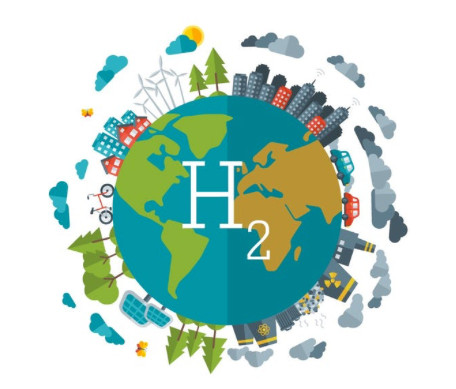
In order to face the climate changes, the European Union has set three targets for 2030: (i) reducing greenhouse gas emissions (ii) increasing the share of renewable energy, and (iii) improving energy efficiency. Two of these targets require the development of suitable energy vectors, such as green solar fuels, able to mitigate the intrinsic unpredictable availability of renewable energy sources and to provide a carbon free alternative to fossil fuels. In this talk two possible approaches will be presented, developed within two European projects. The first approach concerns green hydrogen. The main results of solar hydrogen production, achieved within the PECSYS project, will be shown. While green hydrogen is an almost mature technology, with market availability of electrolysis and fuel cell systems, it is still expensive and the storage requires high pressure (700 bar). Ammonia can be an alternative approach. Compared to hydrogen, it has 1.5 times higher energy and it is easier to store and transport. It is therefore a promising energy vector. However, ammonia, as an essential fertilizer feedstock and industrial chemical, is produced through an energy intensive process, responsible for 1-2% of the total worldwide CO2 emission. Production of ammonia by electrochemistry and its use as a fuel are still at the initial stage and require the development of new enabling technologies and materials. These are the target of the TELEGRAM project. The main challenges and the first results will be presented.

